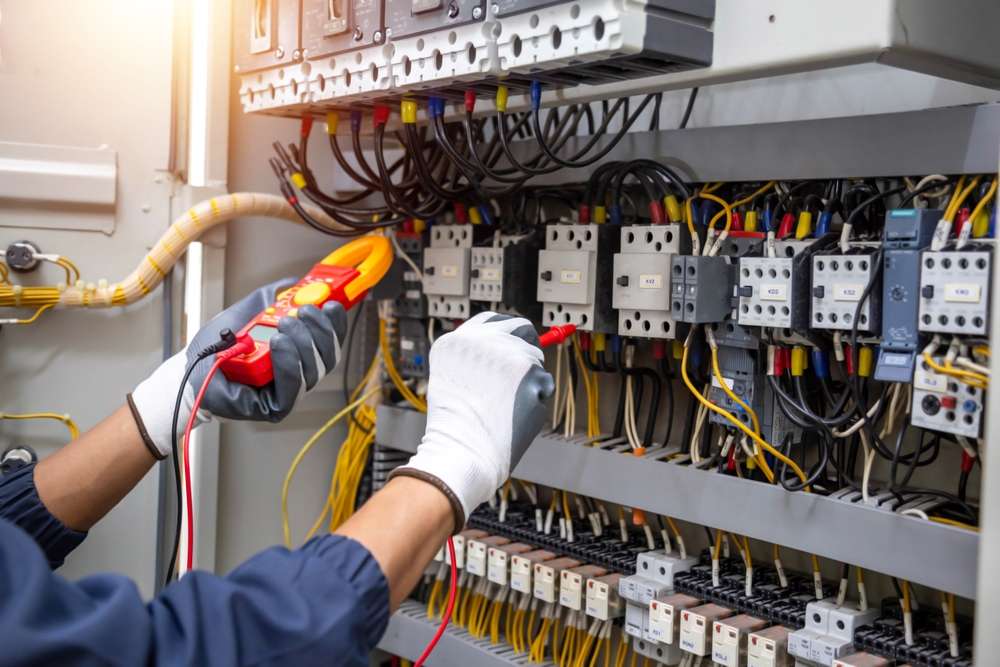Generator Installation: Safe Power Backup for Home and Business
A professionally installed generator provides dependable power when the grid fails, protecting homes and businesses from costly downtime. Proper generator installation ties together fuel supply, transfer switches, grounding, and connection to your existing electricity infrastructure. When paired with solar panel systems, a generator can extend backup endurance and stability during extended outages while complying with local services and safety codes.

Why choose a generator for reliable power?
A generator offers immediate, on-demand power during outages, supporting refrigerators, lighting, HVAC, medical devices, and critical business equipment. Unlike portable units, a permanently installed standby generator automatically senses a loss of grid power and starts within seconds, reducing interruption. Selecting the right capacity — measured in kilowatts (kW) — depends on essential loads, starting currents for motors, and expected runtime. Generators run on various fuels (natural gas, propane, diesel), so fuel availability and emissions considerations should guide the choice to match your household or facility needs.
What does professional installation involve?
Professional installation covers site selection, concrete pad or enclosure placement, fuel line hookup, automatic transfer switch (ATS) wiring, grounding, and integration with your electrical panel. Licensed electricians coordinate with local inspectors to ensure code compliance and secure required permits. Technicians perform load calculations, verify clearances, and test automatic start/stop sequences. Proper installation minimizes backfeed risk — when generator power flows back into the grid — which can endanger line workers. Using certified installers ensures the generator will operate safely and reliably, meeting manufacturer and regulatory standards.
How to integrate a generator with a solar panel system?
Integrating a generator with a solar panel system provides layered resilience: solar panels supply daytime power and recharge battery banks, while a generator covers extended cloudy periods or high-demand situations. Integration requires an inverter/charger or hybrid energy management system to coordinate sources and prevent islanding (unintended grid disconnection). For setups with batteries, the generator can act as a secondary charging source. Proper control strategy is essential so solar, storage, and generator systems share loads efficiently, maintain battery health, and comply with interconnection rules for grid-tied systems.
Electrical safety and permits to consider
Safety is paramount when working with electricity and generators. Installers must follow national and local electrical codes, including correct sizing and installation of the automatic transfer switch, proper grounding, and clear labeling. Permits and inspections ensure work meets fire, building, and utility requirements. Generators produce carbon monoxide — siting away from windows, doors, and vents and following manufacturer clearance distances are critical. Regularly testing CO detectors and maintaining ventilation prevent hazardous conditions. Always use qualified professionals for connection to the main electrical service to avoid hazards and ensure reliable operation.
Maintenance and long-term performance
Routine maintenance keeps a generator ready when needed. Typical tasks include oil and filter changes, spark plug inspection, coolant checks, and running the unit under load periodically. Seasonal checks before expected storm seasons help identify leaks, corrosion, or worn components. For natural gas or propane units, verifying fuel pressure and connections is important. Maintenance schedules vary by model and usage; following the manufacturer’s guidelines ensures warranty compliance and longevity. Professional annual inspections can catch issues early and maintain peak performance for years of reliable power.
Conclusion
A properly installed generator is a robust component of a resilient energy strategy, providing reliable electricity when the grid fails and complementing solar panel installations and battery storage. Professional installation ensures safe integration with your electrical system, adherence to permits and codes, and optimized coordination between power sources. Regular maintenance and clear understanding of fuel options, capacity needs, and safety considerations will help you maintain uninterrupted power for essential loads and protect property and occupants during outages.






